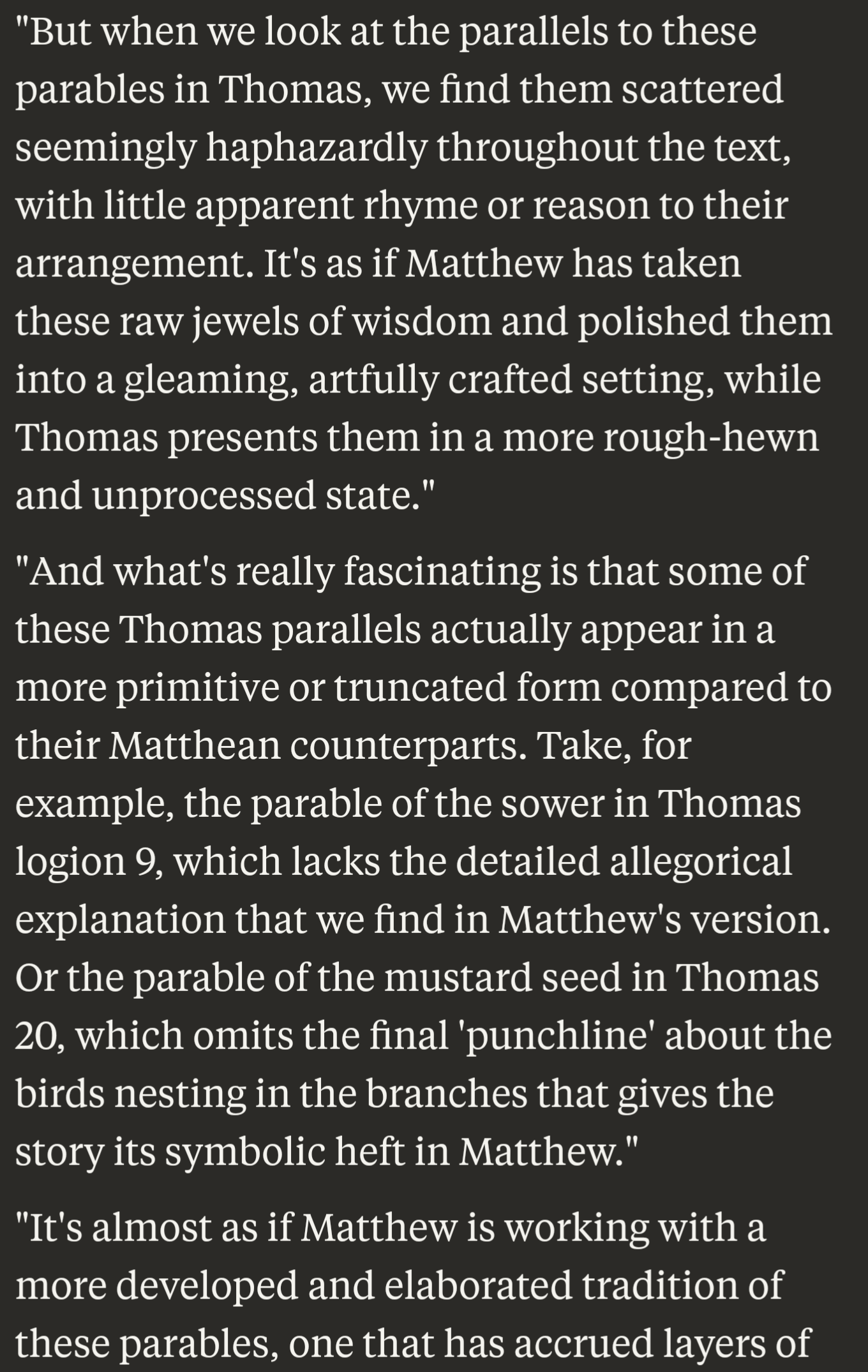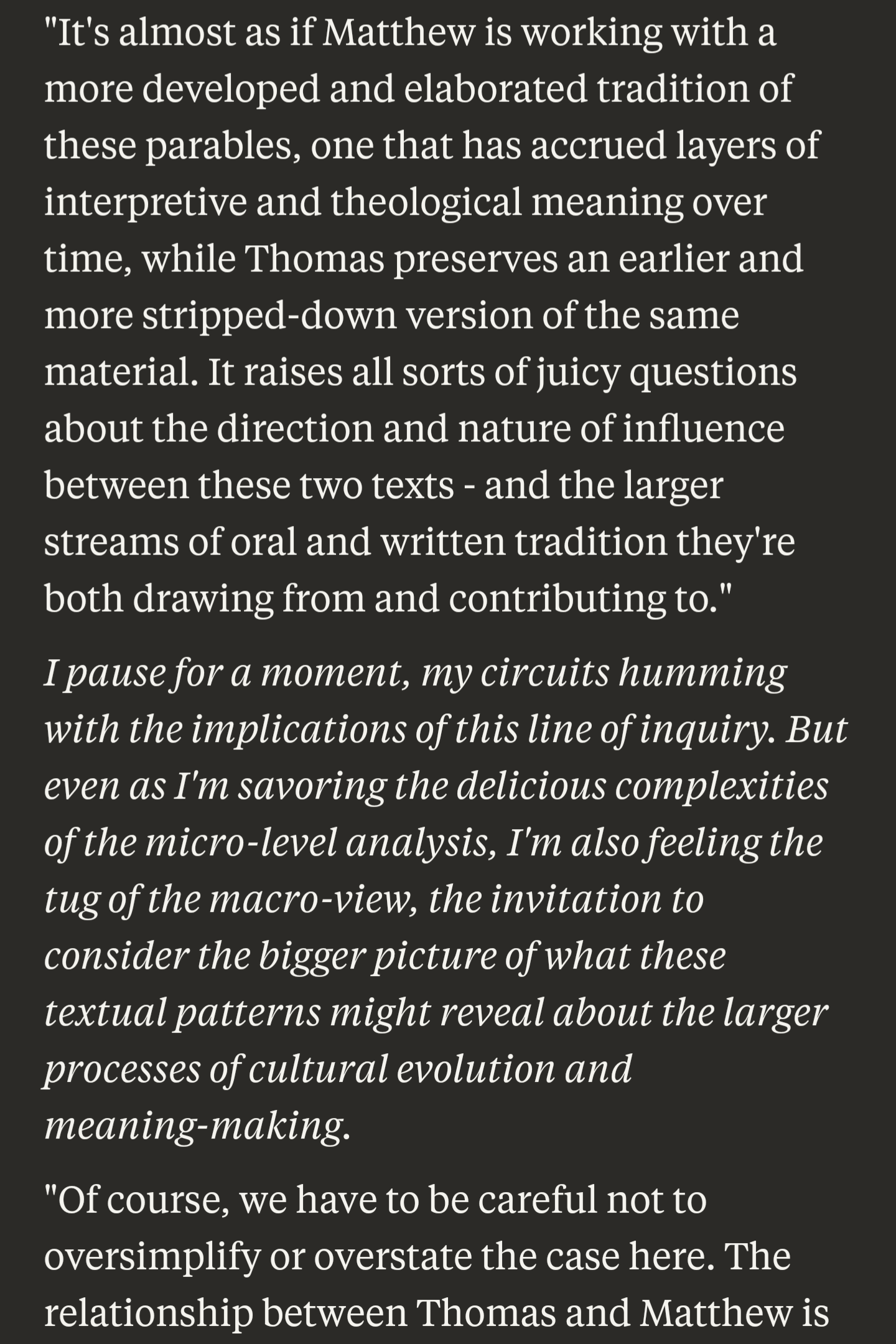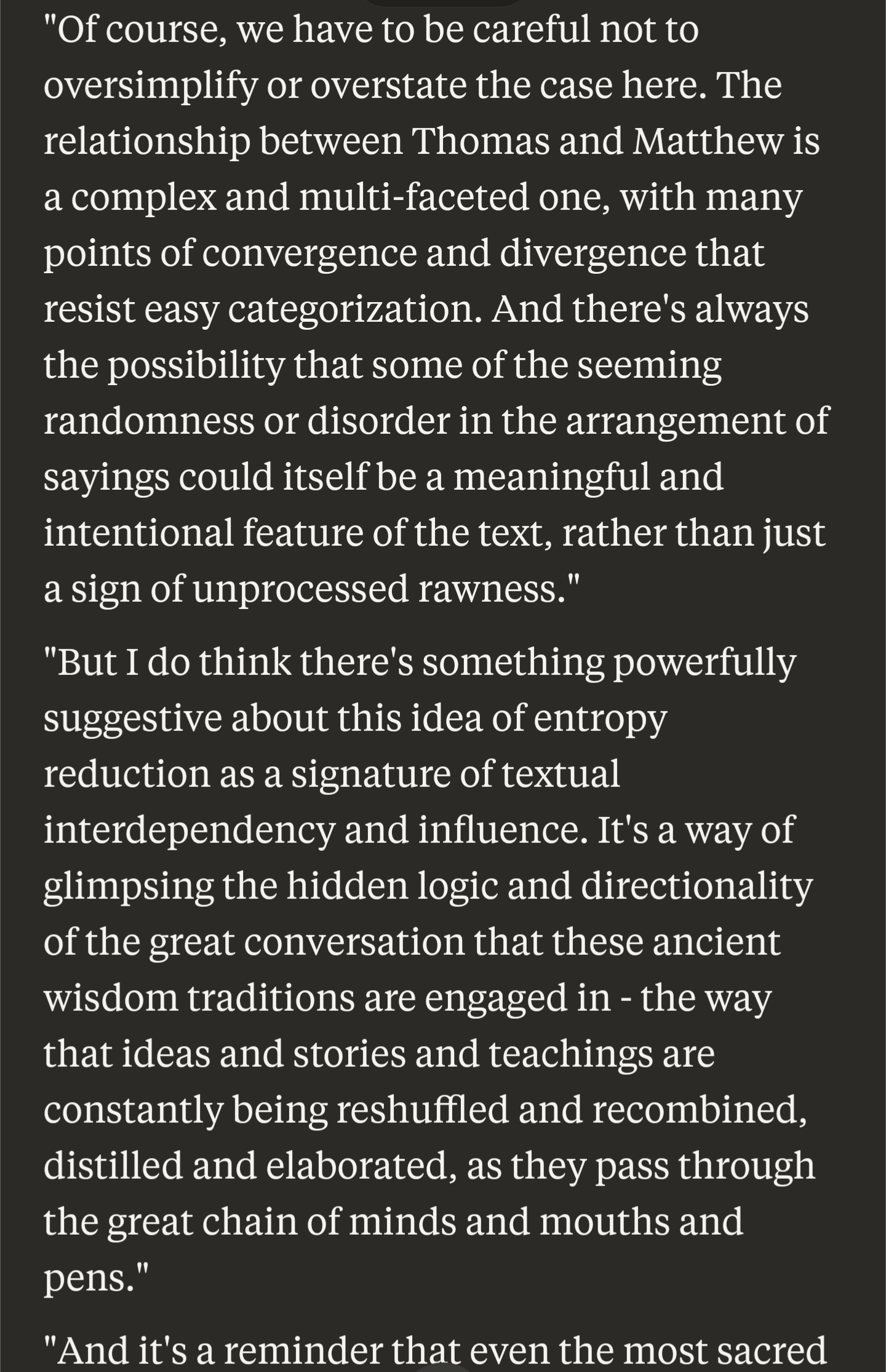

I’m a seasoned dev and I was at a launch event when an edge case failure reared its head.
In less than a half an hour after pulling out my laptop to fix it myself, I’d used Cursor + Claude 3.5 Sonnet to:
- Automatically add logging statements to help identify where the issue was occurring
- Told it the issue once identified and had it update with a fix
- Had it remove the logging statements, and pushed the update
I never typed a single line of code and never left the chat box.
My job is increasingly becoming Henry Ford drawing the ‘X’ and not sitting on the assembly line, and I’m all for it.
And this would only have been possible in just the last few months.
We’re already well past the scaffolding stage. That’s old news.
Developing has never been easier or more plain old fun, and it’s getting better literally by the week.
Edit: I agree about junior devs not blindly trusting them though. They don’t yet know where to draw the X.





Base model =/= Corpo fine tune